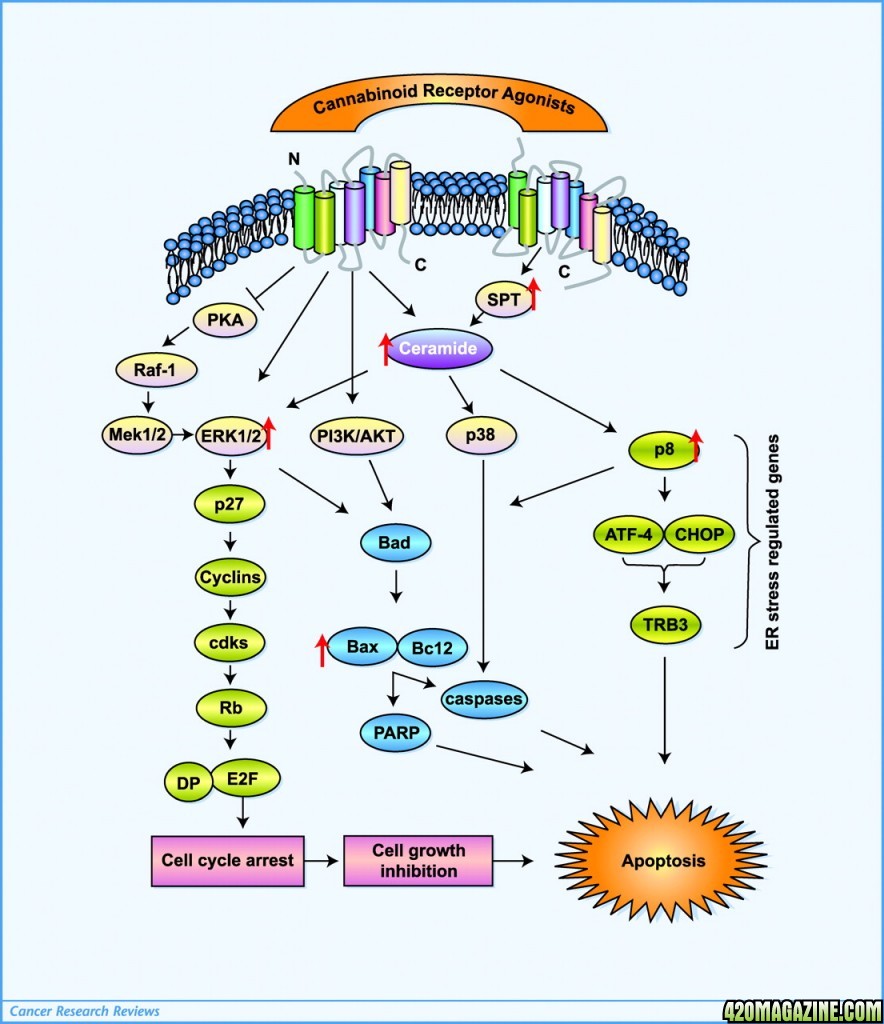MagicJim
Creme de la Creme Photos: Sept 2016
If we could know the temp that the terpenes and flavonoids disapate we could wait until the temp is below that. I just am concerned about moisture in my oil. Maybe I should not be as there is water in the solvent.
It's the internet so this information is subject to verification.
Terpene boiling points













 +reps!
+reps! 




